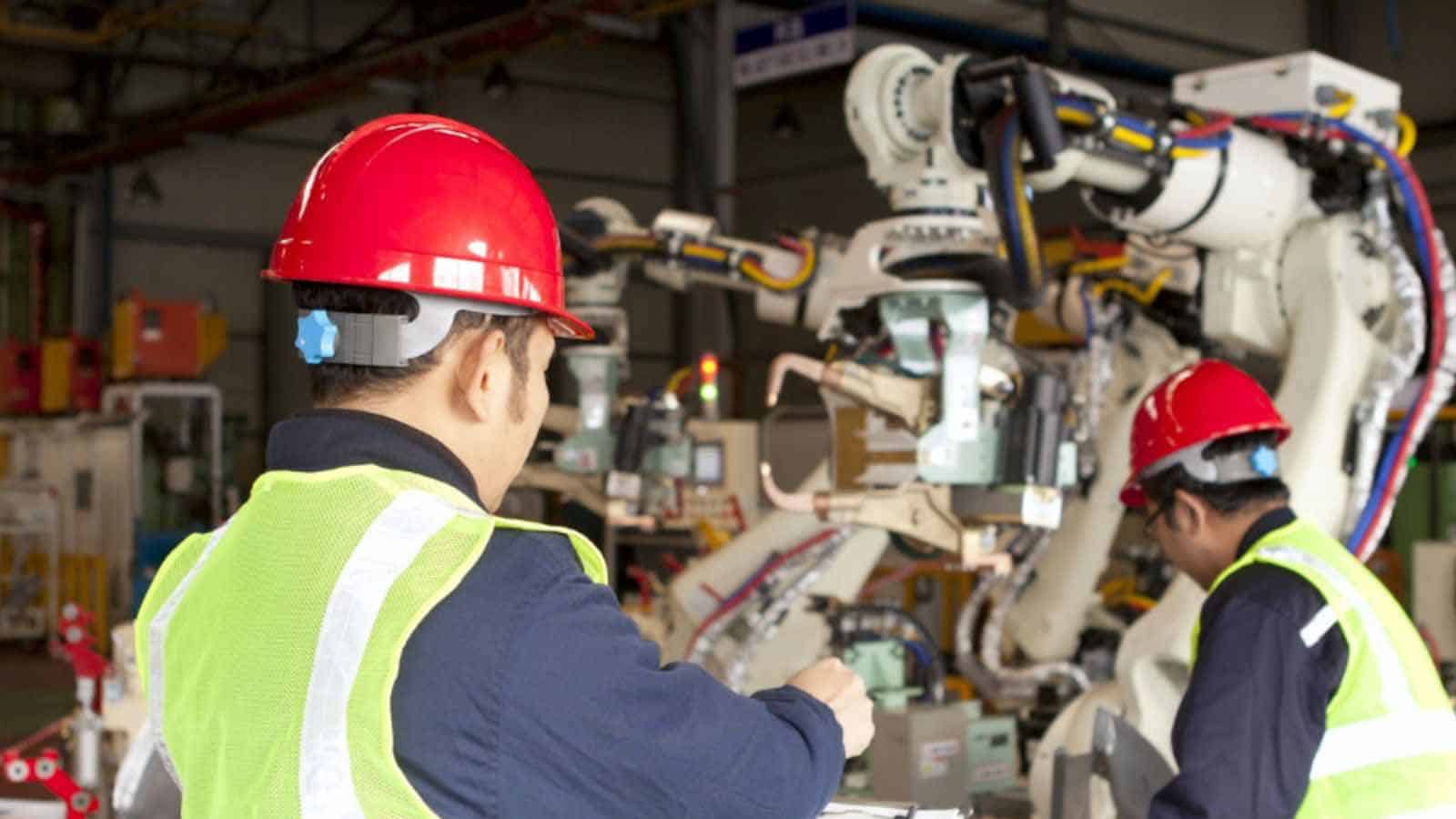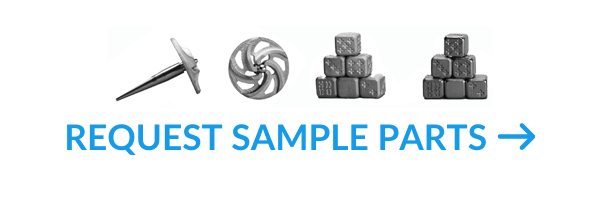Manufacturers are making headway in mass customization.
This is thanks to lean manufacturing, just-in-time inventory, and digital technologies like additive manufacturing.
Customizable consumer products can create production choke points in traditional manufacturing models. Additive manufacturing is one way to “unchoke” production for mass customization.
IndustryWeek very aptly described mass customization as having “all the charm of artisanal production with all the advantages of mass production.” Far from the solo practitioners of guild crafts, mass customization allows the production of dozens (or even thousands) of product variations seamlessly.
But how do established manufacturers make the change from traditional manufacturing?
Forrester predicts that mass-produced products will need to create “rich, pervasive customization [to] embrace a number of characteristics: social, physical, mobile, intimate, embedded, platform-based, and co-created.”
With those in mind here are three foundational approaches to a successful mass customization strategy.
1. Limit Customer Options – Not Experience
Simply put, businesses need to define the limits for customer choice to eliminate complexity and unnecessary cost. After all, every product option increases cost and complicates production processes. But then again, no customer likes being told ‘no’ during an ordering transaction.
Mass customization is all about finding the easy ‘yesses’.
Lana Hopkins, creator of Mon Purse, lets her customers choose options for every part of their handbags via an online interface. Here’s what she had to say about narrowing customer options without losing the customized design experience:
“Our customer does not want hundreds of thousands of different colors and textures to choose from. They want to pick from a couple of summer and winter colors. Our designer lays out some basic principles about what colors do and don’t go well together. The customer should leave feeling that she created exactly the product that she wants, something that is very much in fashion, but that also reflects her style perfectly.”
The process fuels the consumer’s perception that they are receiving a “snowflake” product by giving them the power of choice (from a limited set of choices, of course). Mass customization forces manufacturers to see common uniqueness in customers. The common denominator of today’s consumers is that they they all “want it their own way.”
Customers are alike only because of their differences.
Mass customization in manufacturing brings added value to products in an efficient way, sometimes with an option as simple as offering a choice of product color. Some common examples include:
- Interchangeable parts added to a core product
- Variations in color or texture of product skins
- Materials selection (metal versus plastic, for example, and even variations within metals)
Advanced design and manufacturing technologies, like additive manufacturing, reduce the costs of complexity needed for mass customization. AM is uniquely positioned to meet the needs of producing custom options, precisely because it delivers predictable design throughput efficiently, regardless of design variations in color, shape, and sizes. In fact, 3D printing reduces (or eliminates) the need for tooling and prototyping, letting manufacturers produce products with complex geometries.
2. Show ‘Em: Use a Customer-Driven Design Interface
Can you make the operational shift from the ‘conveyor belt’ mentality where output is king to a model where customer experience is king?
Avi Reichental, CEO of 3D Systems, said that mass customization gives customers the keys to design and production through the combination of cloud technology, big data, and 3D printing.
“With the convergence of today’s technologies, platforms and the Internet of Things, we are for the first time going to allow the human condition to really differentiate itself.”
Design platforms already drive 3D printing technology, meaning that additive manufacturing is ready-made to bring customer-driven designs to life. With the click of the order button, a customer is essentially pressing print to output their own design.
This level of digital connection between the customer, manufacturing technologies, and final product is already driving “Industry 4.0”.
Consider the “sustainably made” shoes of feetz.com. Customers choose a basic shoe style, the color of the sole, the color of upper liner. Then they have the option to choose from standard sizes or to use a digital scan of their feet for a truly customized end product.
As important as the final product is to customers, the fact that they are engaged in the product consideration process is no small thing. They can “see” how their choices affect the final product, and they love playing in the design process.
Let’s face it: it’s fun.
If your customers are having fun during a transaction, you’ve just struck gold on multiple levels, from customer satisfaction to word-of-mouth promotion to repeat business.
3. Sell, Learn, Repeat: Data-Driven Repeatability
According to Linda Kirkpatrick, MasterCard’s VP of Market Development for the U.S.:
“Success is no longer defined by giving customers what they want when they want it. Instead, retailers must anticipate what consumers need before they need it…The new formula for success is now measured by how well retailers can personalize, customize, digitize, and socialize.”
Companies are faced with the challenge of maintaining cost and quality while producing customized products with heightened response to individual customer needs. That means they need robust (yet flexible) architecture to accommodate an evolving product line.
But mass customization also gives manufacturers a unique opportunity to track customers preferences in the real world, not in a hypothetical (and expensive) market research project. Using that data helps manufacturers make smart choices about supply inventory and product options.
Should You Make the Shift to Mass Customization?
Making a shift to a mass customization manufacturing model forces companies to rethink their business approach from top to bottom. Can they tolerate short production runs and costly equipment upgrades?
For established companies hoping to ease their transition, one alternative is to outsource customized additive manufacturing to test consumer demand before making the full commitment to an on-demand model.
The benefit of mass customization to consumers is obvious: products they help create are products they love. The benefit to manufacturers is unprecedented loyalty, market differentiation, simplified supply chains, reduced inventory, and a faster time-to-market.
If you’re considering how integrate a mass customization strategy into your manufacturing operations, find out how additive manufacturing might work for you. Contact 3DEO to learn more.
{{cta(‘b08bff57-f832-44db-aeec-18805b7d527f’)}}



